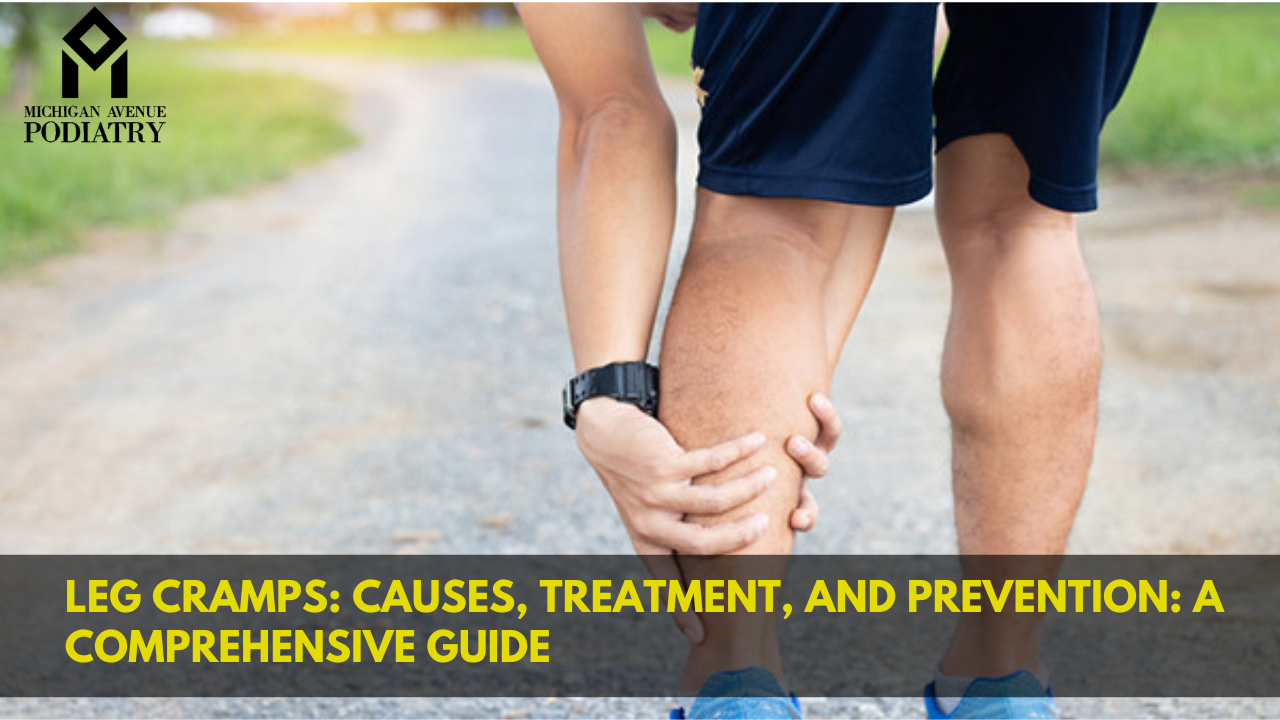Leg cramps are a common occurrence that can disrupt daily activities and hinder quality of life. Understanding the causes, treatments, and preventive measures is crucial for managing this condition effectively.
Understanding Leg Cramps
Leg cramps, also known as nocturnal leg cramps, are sudden, involuntary muscle contractions that typically occur in the calf muscles. These cramps can be intensely painful and may last for several seconds to several minutes. They often occur during sleep or rest and can affect individuals of all ages.
Causes of Leg Cramps
Muscular Fatigue
One of the primary causes of leg cramps is muscular fatigue. Overexertion or prolonged physical activity can lead to muscle fatigue, increasing the likelihood of cramping.
Dehydration
Dehydration is another common trigger for leg cramps. Insufficient fluid intake can disrupt electrolyte balance, leading to muscle cramps and spasms.
Electrolyte Imbalance
An imbalance in electrolytes, such as potassium, calcium, and magnesium, can contribute to leg cramps. These minerals play a crucial role in muscle function, and their deficiency or excess can lead to muscle cramping.
Medications
Certain medications, such as diuretics, statins, and asthma medications, may increase the risk of leg cramps as a side effect. It’s essential to consult with a healthcare professional if experiencing cramps while taking medication.
Medical Conditions
Underlying medical conditions, such as peripheral artery disease, diabetes, and nerve compression, can also cause leg cramps. Addressing the underlying condition is key to managing cramps effectively.
Treatment Options for Leg Cramps
Home Remedies
Simple home remedies can provide relief from leg cramps. Applying heat or cold packs to the affected area, gently massaging the muscles, and stretching exercises can help alleviate discomfort.
Medications
In some cases, over-the-counter pain relievers such as ibuprofen or acetaminophen may be recommended to relieve pain associated with leg cramps. However, it’s essential to use these medications as directed and consult with a healthcare professional if symptoms persist.
Stretching Exercises
Regular stretching exercises targeting the calf muscles can help prevent and alleviate leg cramps. Incorporating stretches into your daily routine, especially before bedtime, can reduce the frequency and intensity of cramps.
Massage Therapy
Massage therapy can help relax tight muscles and improve blood circulation, reducing the likelihood of leg cramps. Gentle massaging of the affected area with upward strokes can provide immediate relief during a cramp episode.
Heat and Cold Therapy
Applying heat or cold therapy to the affected muscles can help alleviate pain and discomfort associated with leg cramps. Warm compresses or heating pads can relax tight muscles, while cold packs can reduce inflammation and numb the area.
Hydration and Nutrition
Maintaining proper hydration and nutrition is essential for preventing leg cramps. Drinking an adequate amount of water and consuming foods rich in potassium, calcium, and magnesium can help prevent electrolyte imbalances and muscle cramps.
Preventive Measures for Leg Cramps
Hydration Tips
Drink plenty of water throughout the day to stay hydrated and maintain electrolyte balance. Avoid excessive consumption of caffeinated or alcoholic beverages, as they can contribute to dehydration.
Electrolyte Balance
Include foods rich in electrolytes, such as bananas, oranges, leafy greens, and nuts, in your diet to support muscle function and prevent cramps.
Stretching and Exercise Routine
Incorporate regular stretching exercises into your daily routine, focusing on the calf muscles, hamstrings, and quadriceps. Additionally, engaging in low-impact exercises such as walking or swimming can help improve circulation and muscle health.
Proper Footwear
Wear supportive shoes that provide adequate arch support and cushioning to reduce strain on the muscles and joints. Avoid high heels or poorly fitting shoes that can contribute to muscle fatigue and cramping.
Warm-up and Cool Down
Always warm up before engaging in physical activity and cool down afterward to prevent muscle strain and cramping. Gentle stretching and light exercises can help prepare the muscles for activity and promote recovery.
Lifestyle Changes
Dietary Changes
Maintain a balanced diet rich in fruits, vegetables, lean proteins, and whole grains to support overall health and muscle function. Limit intake of processed foods, sugary snacks, and excess sodium, which can contribute to inflammation and muscle cramps.
Sleep Hygiene
Ensure you get an adequate amount of quality sleep each night to support muscle recovery and overall well-being. Practice good sleep hygiene habits, such as maintaining a consistent sleep schedule and creating a comfortable sleep environment.
Stress Management
Manage stress levels through relaxation techniques such as deep breathing, meditation, or yoga. Chronic stress can contribute to muscle tension and increase the risk of leg cramps.
Regular Exercise
Engage in regular physical activity to maintain muscle strength and flexibility. Incorporate a variety of exercises into your routine, including aerobic activities, strength training, and flexibility exercises.
Avoiding Triggers
Identify and avoid triggers that may exacerbate leg cramps, such as excessive alcohol consumption, dehydration, or prolonged sitting or standing.
Conclusion
Leg cramps can be a debilitating condition, but with proper understanding and management, individuals can find relief and improve their quality of life. By addressing the underlying causes, implementing preventive measures, and seeking appropriate treatment from an expert podiatrist, it’s possible to minimize the occurrence and severity of leg cramps.




